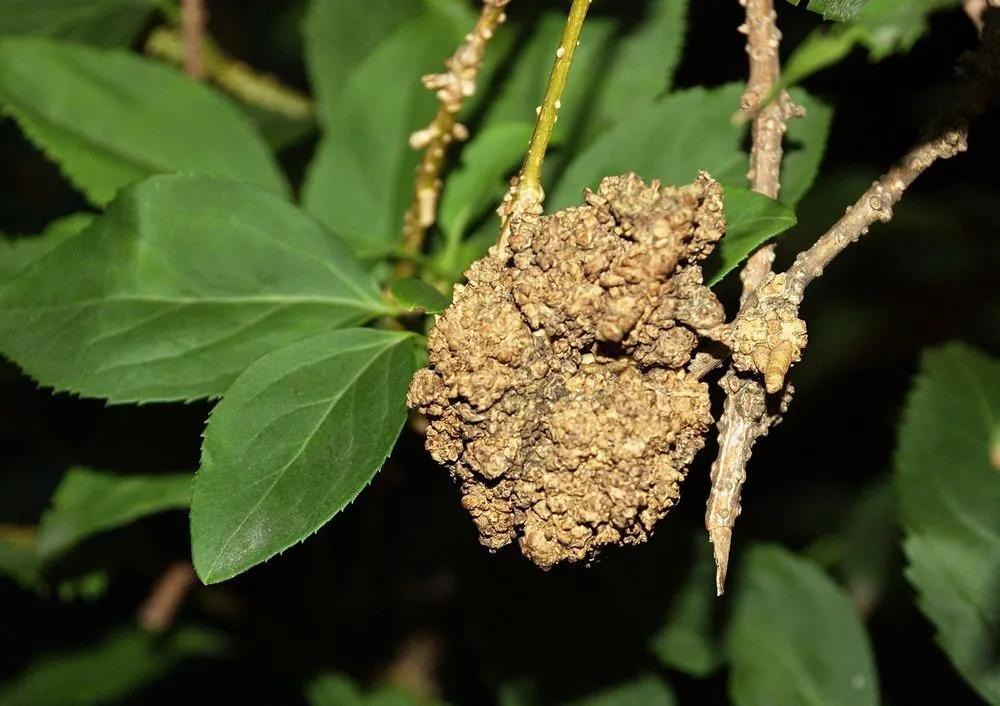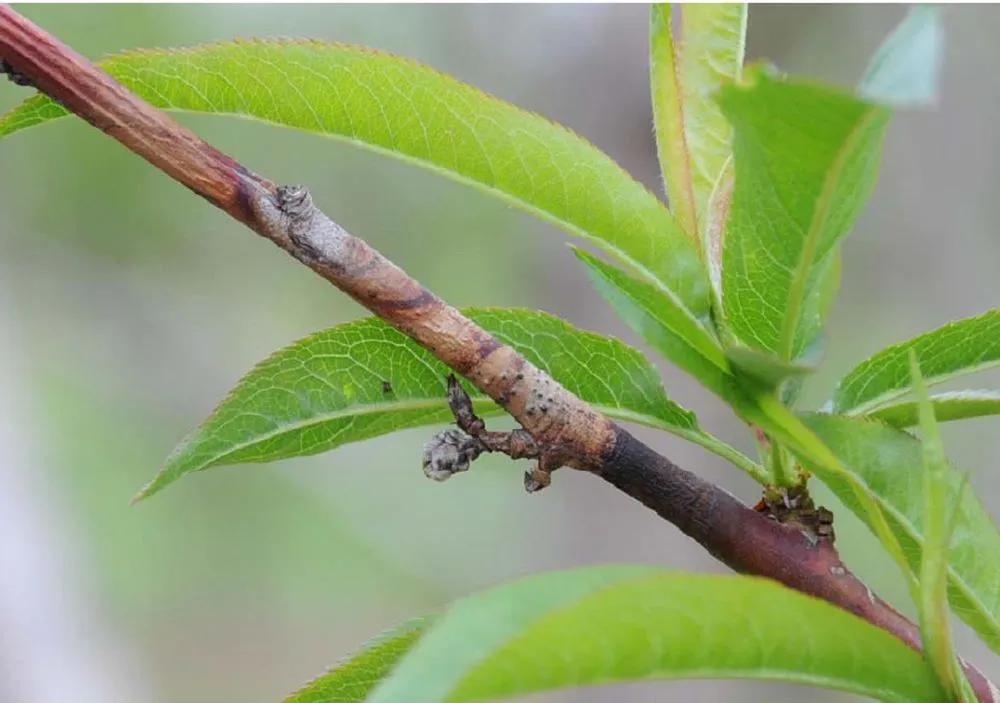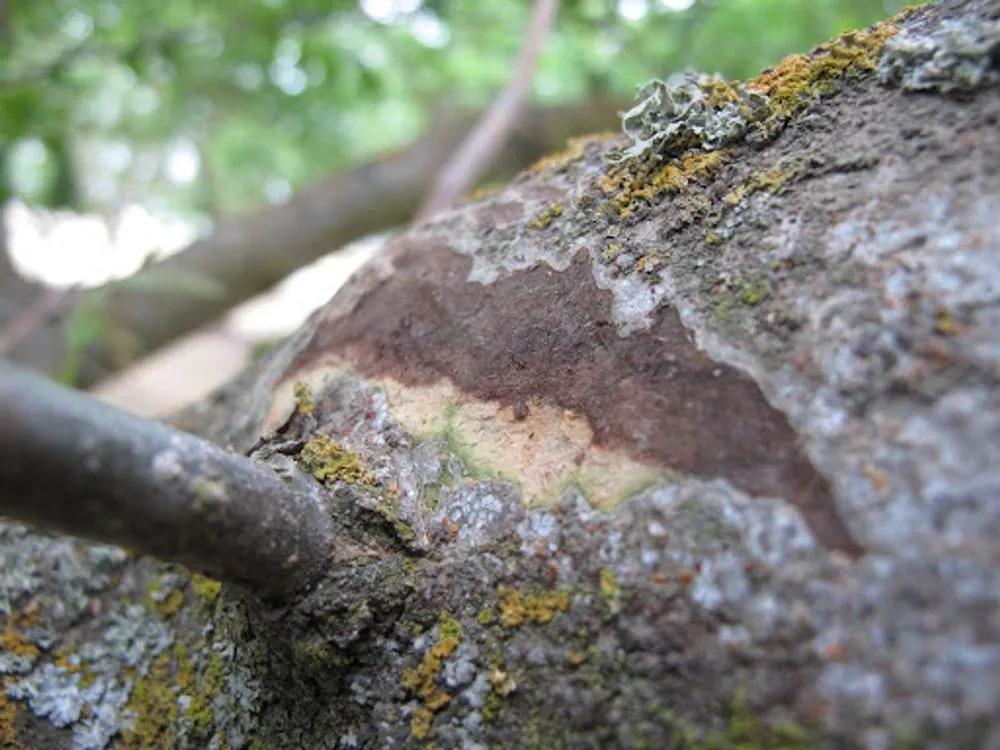Phomopsis Blight and Canker usually occur on hardwood tree species and blueberry plants. These diseases attack young plants and enter through wounds, such as cankers or pest-feeding sites. It has also been observed to take root in new bud growths. This disease spreads easily through spores that break off once they grow large enough. Sometimes, trees can live with this disease until it becomes too stressful, and it is often a headache for forest management.
Phomopsis Blight and Canker



Signs of damage
- Common symptoms include wilting leaves, canopy dieback on larger trees, a blight on junior shoots, darkened areas where resin or sap is found, cankering, and browning beneath the bark.
- Some species of Phomopsis can also cause fruit rot and spots on leaves.
- However, despite the above symptoms, sometimes the only way Phomopsis declares itself is through canopy dieback, making this an often hard-to-identify disease.
How to prevent
As this is a very common disease in the environment, Phomopsis can be hard to eradicate. The spores of this disease can travel long distances and, once rooted in a tree, can be difficult to remove. Pruning is an effective way to combat this disease. Remove the blighted and cankered shoots from the plant but avoid doing so in wet weather, as Phomopsis is most often caused by moisture.
Try to avoid stressful events for plants and trees. Common stressful factors that weaken a plant or tree are transplanting, drought, and over-pruning.
Heal
Removing the infected branches and leaves is the best way to heal the affected plant or tree. Be sure to thoroughly clean all pruning tools after use, as Phomopsis is a hardy disease and will quickly attack any open wounds from pruning. Once this disease has taken root during the growing season, the spores will continue to grow, meaning that plants will require frequent pruning of the affected leaves or branches.
Go Premium to continue reading
Also you’ll get unlimited access to disease identification and all the other beneficial features
More problems
